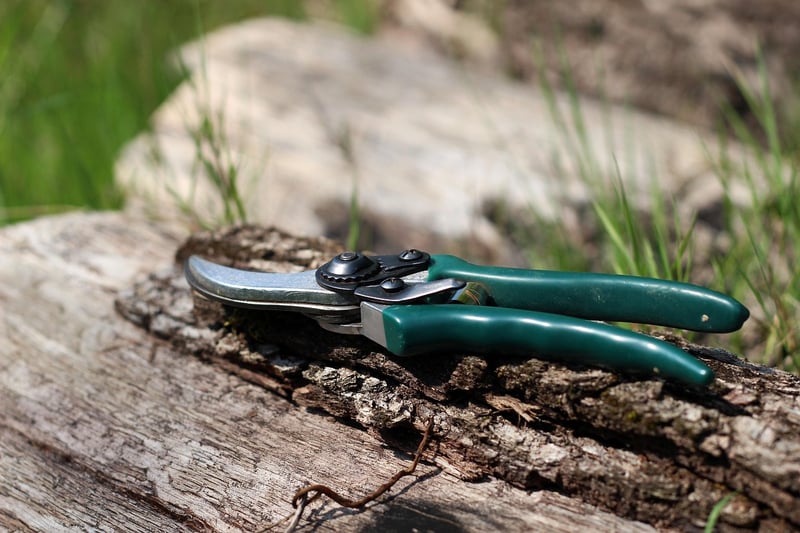Pruning Guide
Maintaining Healthy Plants: A Comprehensive Pruning Guide

Introduction
Keeping your plants healthy and thriving requires regular care and attention. One essential practice in plant maintenance is pruning. Pruning not only enhances the appearance of your plants but also promotes growth, improves air circulation, and prevents diseases. In this guide, we will explore the importance of pruning and provide you with useful tips to help you maintain healthy plants.
Why Pruning is Important
Pruning is a crucial aspect of plant care for several reasons:
- Promotes healthy growth by removing dead or overgrown branches.
- Enhances the appearance of the plant by shaping it and encouraging new growth.
- Improves air circulation and sunlight penetration, leading to better overall plant health.
- Helps prevent the spread of diseases and pest infestations by removing infected or damaged parts.
Pruning Tips for Healthy Plants
- Use clean, sharp pruning shears to make precise cuts without causing damage to the plant.
- Identify and remove dead, diseased, or damaged branches to prevent the spread of infections.
- Prune during the plant's dormant season to minimize stress and encourage new growth in the spring.
- Follow the natural shape of the plant while pruning to maintain its aesthetic appeal.
- Trim back overgrown branches to promote a more compact and healthy growth pattern.
Conclusion
Pruning is a fundamental practice in plant care that plays a significant role in maintaining the health and vitality of your plants. By following the tips outlined in this guide and regularly pruning your plants, you can ensure they remain healthy, beautiful, and thriving for years to come.

Remember, proper pruning techniques and timing are essential for the overall well-being of your plants. Stay attentive to your plants' needs, and they will reward you with lush foliage and vibrant blooms.
